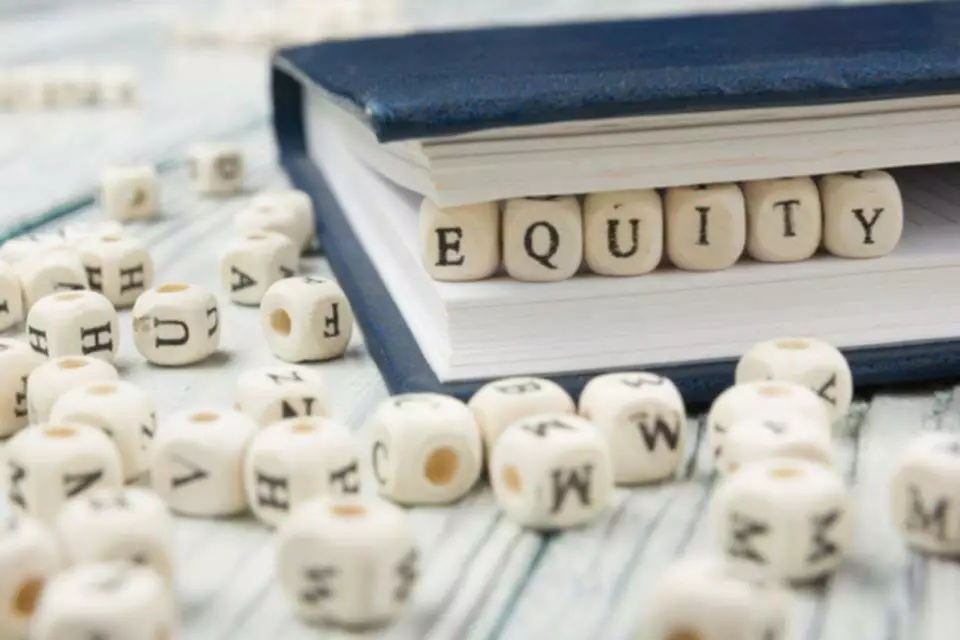Content

If external stakeholders own parts of your business, you call thisshareholders’ equity. This category is usually called “owner’s equity” for sole proprietorships and “stockholders’ equity” or “shareholders’ equity” for corporations. It shows what belongs to the business owners and the book value of their investments . A balance sheet explains the financial position of a company at a specific point in time. As opposed to an income statement which reports financial information over a period of time, a balance sheet is used to determine the health of a company on a specific day.
- Marketable securities are equity and debt securities for which there is a liquid market.
- Check out our piece on the best accounting apps for small businesses so you can get a quick look at your business’s health anywhere, anytime.
- This means when you’re in a position to secure more finance, you’ll be better prepared.
- Using debt to invest in more acquisition-generating and brand-building activity is a key consideration when assessing the strength of a business.
- For example, a positive change in plant, property, and equipment is equal to capital expenditure minus depreciation expense.
First we’ll get familiar with the terms and calculations; later on, we’ll see how the statements are linked and flow into each other. The Fed decides what assets it holds, and whether to expand or shrink its holdings. Conversely, the sale of Fed assets is a policy tightening approach that constrains financial conditions and asset values. Running a number of financial ratios will help investors better understand the relative strength of a company’s balance sheet. Finally, we’ll briefly look at the debt-to-equity ratio, which measures the company’s financial leverage.
How to Start an Online Business From Home
Government’s consolidated financial statements included in the Financial Report and, therefore, GAO disclaimed an opinion on such statements. The Balance Sheets show the government’s assets, liabilities, and net position.
The balance sheet shows a company’s overall financial health and net worth by looking at its assets, liabilities, and equity at a specific point in time. Equity is usually recorded under liabilities and is essentially the leftover value after your liabilities have been subtracted from your assets. This can include things like common stock, which is the ownership share in the company; and retained earnings, which is the leftover income of the business after dividends have been paid to the shareholders. The balance sheet is a very important financial statement for many reasons. It can be looked at on its own and in conjunction with other statements like the income statement and cash flow statement to get a full picture of a company’s health. Mortgage-backed securities, which entitle buyers to cash flows from a basket of mortgage loans, are the second largest asset type by value on the Fed’s balance sheet. These fixed-income securities are created and sold to investors by banks and financial institutions, including government-sponsored enterprises like Fannie Mae and Freddie Mac.
Why is it smart to have a healthy balance sheet?
In addition, if you familiarize yourself with using financial ratios, the balance sheet can provide warning signs for you to solve before your business could get hit. The report is used by business owners, investors, creditors and shareholders. Long-term liabilities need to be paid over a period of more than a year. This includes things like money owed on a mortgage or loan and lease payments. balance sheet Liabilities are payments that a company is obligated to make in the future, such as loans or lease payments. They can be either current liabilities, which are due within one year, or long-term liabilities, which are due after one year. Check out our piece on the best accounting apps for small businesses so you can get a quick look at your business’s health anywhere, anytime.
- Volatility profiles based on trailing-three-year calculations of the standard deviation of service investment returns.
- Managers can opt to use financial ratios to measure the liquidity, profitability, solvency, and cadence of a company using financial ratios, and some financial ratios need numbers taken from the balance sheet.
- Preferred stock is assigned an arbitrary par value that has no bearing on the market value of the shares.
- Excel is an excellent tool to design your own if you are not using accounting software.
We briefly go through commonly found line items under Current Assets, Long-Term Assets, Current Liabilities, Long-term Liabilities, https://www.bookstime.com/ and Equity. Assets included on the Balance Sheets are resources of the government that remain available to meet future needs.
Financial Ratios and the Balance Sheet
We’re here to take the guesswork out of running your own business—for good. Your bookkeeping team imports bank statements, categorizes transactions, and prepares financial statements every month. Just like assets, you’ll classify them as current liabilities and non-current liabilities . These are also known as short-term liabilities and long-term liabilities. Long-term assets (or non-current assets), on the other hand, are things you don’t plan to convert to cash within a year.
Is CrowdStrike Holdings (NASDAQ:CRWD) Using Debt In A Risky Way? – Nasdaq
Is CrowdStrike Holdings (NASDAQ:CRWD) Using Debt In A Risky Way?.
Posted: Wed, 12 Oct 2022 12:04:57 GMT [source]
Includes non-AP obligations that are due within one year’s time or within one operating cycle for the company . Notes payable may also have a long-term version, which includes notes with a maturity of more than one year. This account includes the balance of all sales revenue still on credit, net of any allowances for doubtful accounts . As companies recover accounts receivables, this account decreases, and cash increases by the same amount.
The company is owed 5,500 of liabilities; this includes 3,000 from customers and 2,500 in a loan. It is financed by share capital and retained profits from the profit and loss account. The assets are made up of fixed and intangible assets, bank, stock and debtors.
- Further than that, companies with strong balance sheets are those which are structured to support the entity’s business goals and maximise financial performance.
- Deferred tax liability is the amount of taxes that accrued but will not be paid for another year.
- The 9 Best Small-Business Accounting Software of 2022 To rank the best accounting software for small businesses, we evaluated features, ease of use,…
- While the exact ratio is up for debate, a strong balance sheet absolutely needs to have more total assets than total liabilities.
- Most businesses have several current liabilities, such as accounts payable, taxes payable, and salaries payable.
Keeping a close eye on your current liabilities is essential because if they get too high, it could put your business in financial jeopardy. It is also a valuable tool for management to know the value of assets a business owns, including equipment, bank balance and what it owes at any given time. Assetsrefer to your current cash balanceplusthe dollar amount of anything your company owns, which includes property, equipment, inventory, accounts receivable, and anything else you could liquidate for cash.

